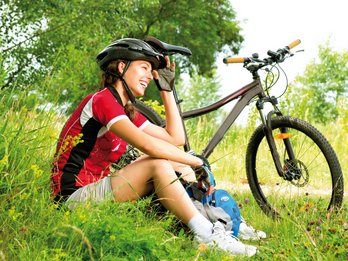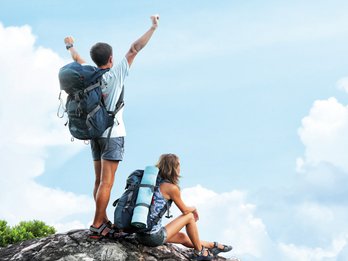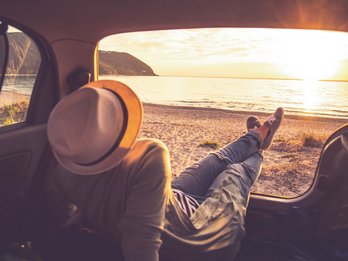>> Check out our Last Minute Deals
Travel Information about Cycling Tours, Hiking Tours and Self-Drive Tours in Cuba, Mexico and Costa Rica
What kind of bike do I get on my tour? Do I have to wear a helmet or do I have to bring my own? Can I book an E-Bike? Where can I find the most beautiful hiking trails and are they managable without any hiking experience? What do I need to know about rental cars in Cuba? Don't dive into your adventure without the essential informatio. On this page you can find the most important information about our biking tours, hiking tours and self-drive tours in Cuba, Costa Rica and Mexico.
If you have any further question, please leave us a message.


